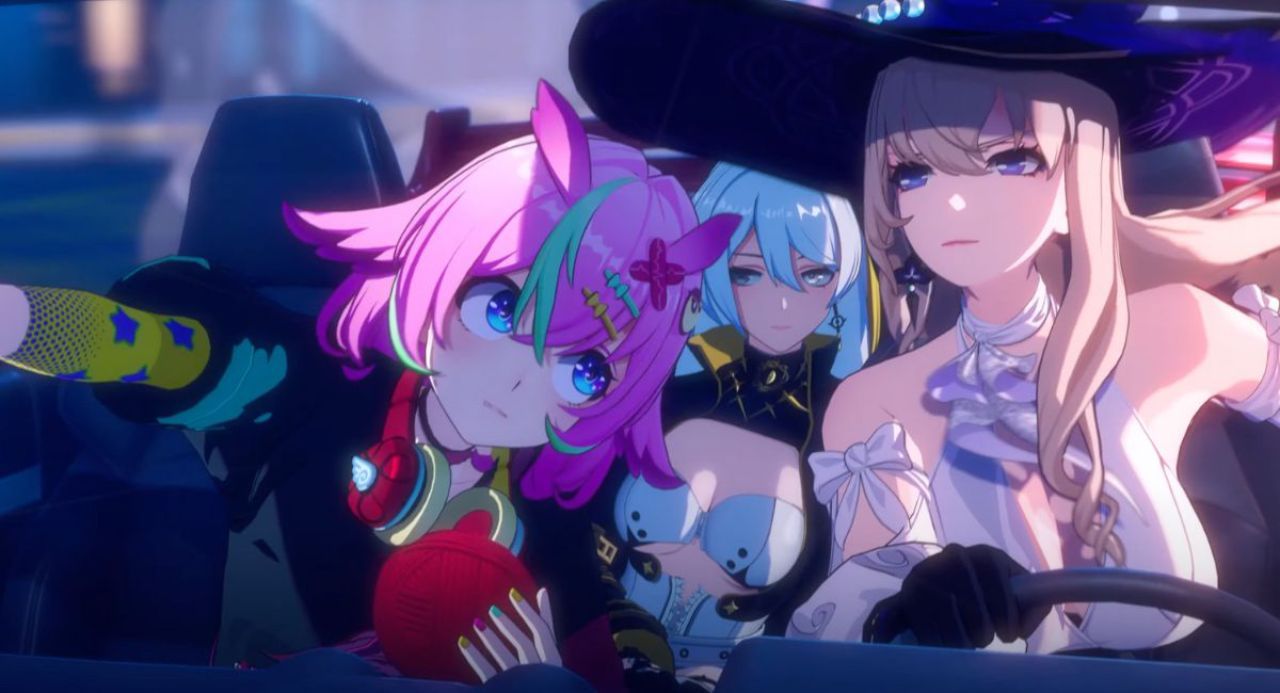How Classic Gaming Mechanics Inspired Today’s Most Popular Monetization Strategies
Other by JohnSnow on May 31, 2025
The vibrant reels and dazzling lights of slot machines have delighted players for generations, and their influence extends far beyond the casino floor. A deep dive into how classic slot machines influenced the design of loot boxes and other engaging mechanics in modern AAA titles reveals an exciting connection.
From randomized rewards to loyalty-driven systems, early game mechanics have inspired some of the gaming industry’s most successful monetization strategies, enhancing how developers captivate players and sustain thriving games.

The Gaming Spark: Why Slots Entertain
Classic slot machines captivate players with a joyful blend of chance, anticipation, and reward. Pulling the lever sets the reels spinning, each turn offering a chance at a jackpot. This element of surprise, paired with occasional wins, creates a thrill that keeps players entertained. Game developers embraced these principles, adapting slot machine dynamics to craft engaging in-game systems.
Loot boxes are a standout example, reflecting the randomized rewards of slots. Players use in-game currency or real money to unlock a box, eager for a rare item but curious about the outcome.
A deep dive into how classic slot machines influenced the design of loot boxes and other engaging mechanics in modern AAA titles, inspired by the same principles that energize real money online casinos USA, shows why players love these systems.
Loot Boxes: Slots in a Playful Form
The connection between slot-style reward systems and loot boxes became especially clear in the early 2010s, with high-profile titles like FIFA Ultimate Team and Overwatch. These games introduced randomized unlocks—loot boxes containing character skins, XP boosts, or gear upgrades—that mirrored the thrill of spinning a reel for a prize.
The model caught on quickly. Players enjoyed the anticipation and the chance of unlocking something rare, which added an exciting dynamic to traditional gameplay. However, in 2017, the system faced widespread scrutiny when Star Wars Battlefront II linked game progression to randomized rewards, igniting debates about fairness and transparency.
Developers responded by rethinking how these mechanics were integrated, opting for systems that offered more control, clearer reward structures, and improved user trust.

Battle Passes: Loyalty Systems Reimagined
While loot boxes emphasize chance, battle passes reward consistency. Games like Fortnite, Call of Duty: Warzone, and Apex Legends have made this model a standard. Players progress through seasonal tiers by completing objectives, unlocking cosmetics, characters, or boosts along the way.
This system shares similarities with early gaming reward structures that prioritized repeated play. Much like older games that rewarded time spent with unlockables or badges, battle passes celebrate dedication with a curated path to rewards.
The tiered progression builds a sense of achievement, and players are more likely to return daily to complete challenges and maintain momentum. The psychology behind these systems—keeping players engaged by showing tangible results over time—has proven essential for live service games.
Gacha Games: Randomized Mechanics with Emotional Weight
Mobile gaming has pushed randomized reward mechanics even further through gacha systems. Inspired by Japanese capsule toys, gacha games like Genshin Impact, Honkai: Star Rail, and AFK Arena allow players to spend in-game currency to “pull” characters, weapons, or power-ups with varying degrees of rarity.
While the mechanic echoes loot boxes, gacha games elevate the experience by tying rewards to narrative and character development. Players aren’t just rolling for power—they’re rolling for beloved characters, emotional storylines, or world-building elements. Each draw feels deeply personal, and the highs and lows of chance are wrapped in a context that makes players care.
This combination of story-driven design and reward randomness has made gacha games some of the most financially successful mobile titles globally, generating billions in revenue. The emotional connection and reward anticipation are a winning formula—one deeply rooted in gaming’s evolution.

The Opportunity: Balancing Mechanics with Responsibility
While these monetization systems are effective, they also require careful execution. Randomized mechanics, if not designed responsibly, can frustrate players or lead to controversy. Developers now emphasize transparency, with many offering drop rate percentages, pity systems that guarantee rewards after a certain number of attempts, and clearer paths to progress.
What’s become clear is that players are willing to engage with these systems—as long as the experience feels fair, fun, and optional. Reward structures need to complement gameplay, not gate it. When done right, these systems not only enhance engagement but also extend a game's life cycle, supporting continued development and community growth.
Conclusion
From loot boxes to battle passes to gacha systems, modern gaming has evolved by borrowing and reimagining tried-and-true mechanics that tap into player psychology. The sense of chance, progression, and anticipation—hallmarks of classic games—now live on in monetization features that define today’s biggest titles.
As developers refine these systems to emphasize fairness and enjoyment, the line between entertainment and reward continues to blur. What started as a simple spin of the reel has become a sophisticated toolset for engaging players around the world.
Moderator, NoobFeed
Latest Articles
No Data.

